In November, I embarked on a two-week trip to Antarctica with Viking Cruises and it was, to say the least, epic. Even before leaving home, the flurry of disclaimer forms, medical questions, and doctor approvals made me appreciate the gravity of it all. After a long flight, and a sea passage through mist and cloud, we finally caught sight of an incredible land of snow, ice, gorgeous light… not to mention penguins. Lots of penguins.
The Journey to Antartica
Shortly after boarding the ship in Ushuaia, Argentina (the southernmost city on earth), I took a long stroll to check out the ship. There were miles of decks, floor-to-ceiling windows everywhere, vast numbers of comfy couches and throw blankets, and tons of stocked bookshelves (many on topic). The ship, designed by Richard Riveire of Rottet Studio, has a luxe, residential, Scandinavian-inflected appeal throughout.
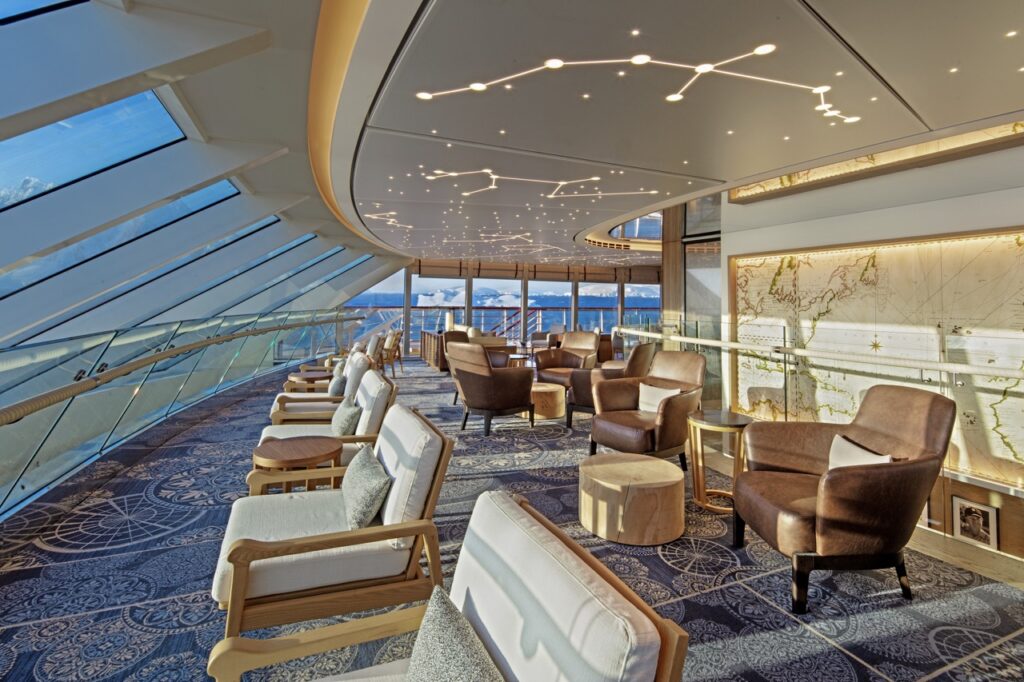
We began by crossing the fabled (or dreaded) Drake Passage, one of the deepest parts of the ocean and one known for particularly rough waves—and seasickness. On the way out, we were told we were lucky, with swells of “only” 15 to 20 feet. I was grateful not to get seasick, although I took many precautions, including nibbles of Dramamine.
Making Use of Viking Cruises’ Resources
On the bottom deck, near the front of the ship, there was a place called The Hide, which didn’t appear on any of the maps. During the day, it was usually empty, a great place to curl up and watch the waves; in the evenings, members of the crew would tell tales of their adventures at sea while people sipped Scotch.
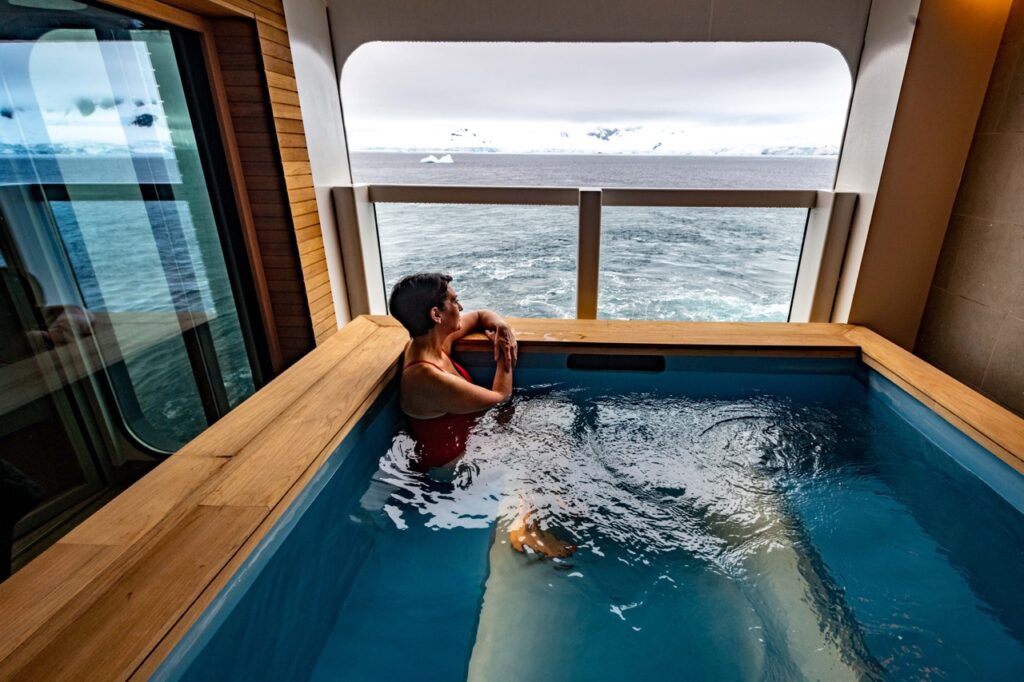
The ship had a gigantic hangar filled with watercraft of all sorts, including zodiacs, 12-person boats, kayaks, and two submarines. I went out on all of them except the submarines (that darned claustrophobia!) Riding around in a low rubber boat in the bracing wind or climbing on snow-covered hills looking out over miles of white, it was impossible not to be awed by the enormous scale, the isolation, the extreme quiet. In addition to thousands of penguins, we saw a few seals and a great many whales, who often swam alongside the ship.
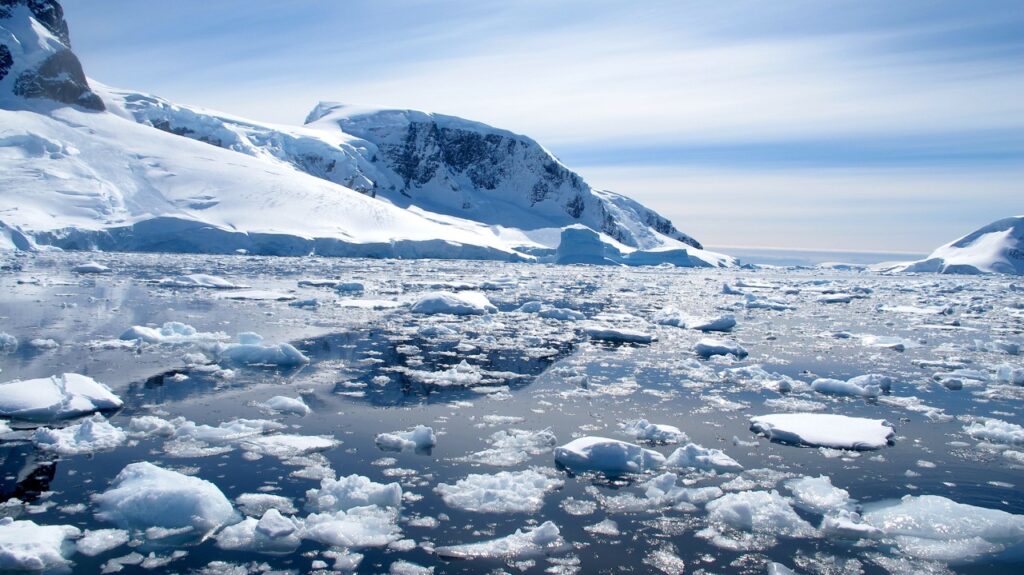
Life inside, when you weren’t staring at the jaw-dropping landscapes, was about as cushy as it gets. After my daily adventures outside, I’d run to the spa for a sauna, steam, and cold plunge (in a pool with one wall open to the outside), followed by a nap. (I’m only human.) Eating took up a lot of the day (this was a cruise after all) and the surprisingly robust Wi-Fi meant I could keep up with my work (sigh). The crew remembered our likes and dislikes and cared for us wonderfully.
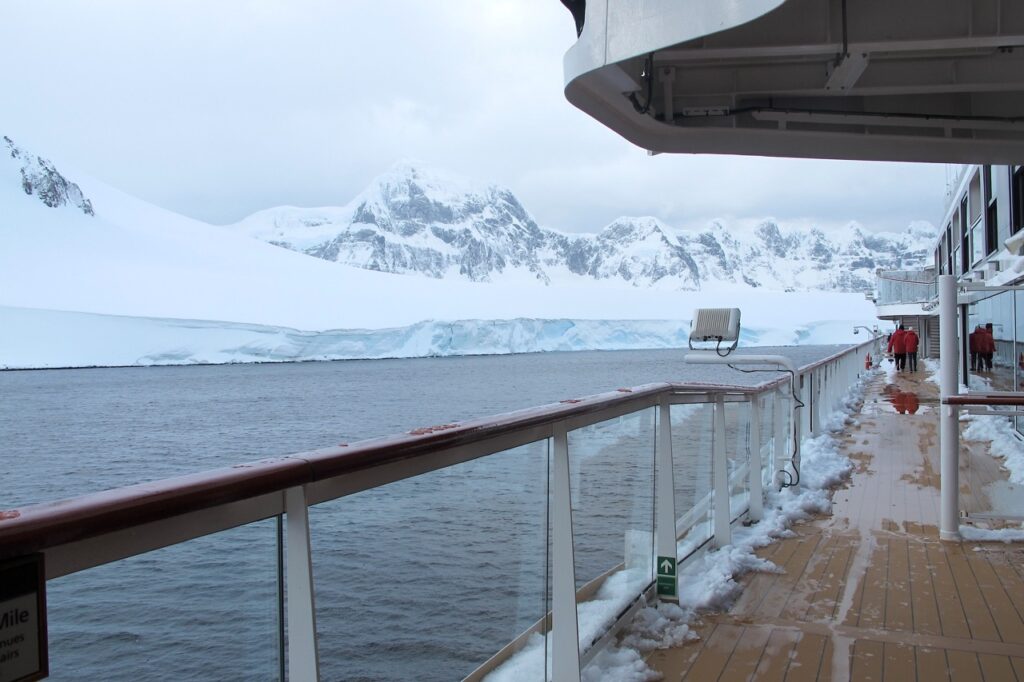
Taking Science Into Consideration
Viking takes science very seriously, and on board were a chief scientist, an ornithologist, a PhD student doing seaweed research, plus historians, geologists, and various other scientists. There were daily lectures on birds, geography, aquatic life, and history of the region. The scientific staff collected myriad samples of water (which, sadly, I was told always contains micro-plastics), phytoplankton, and various other readings that are sent back for analysis.
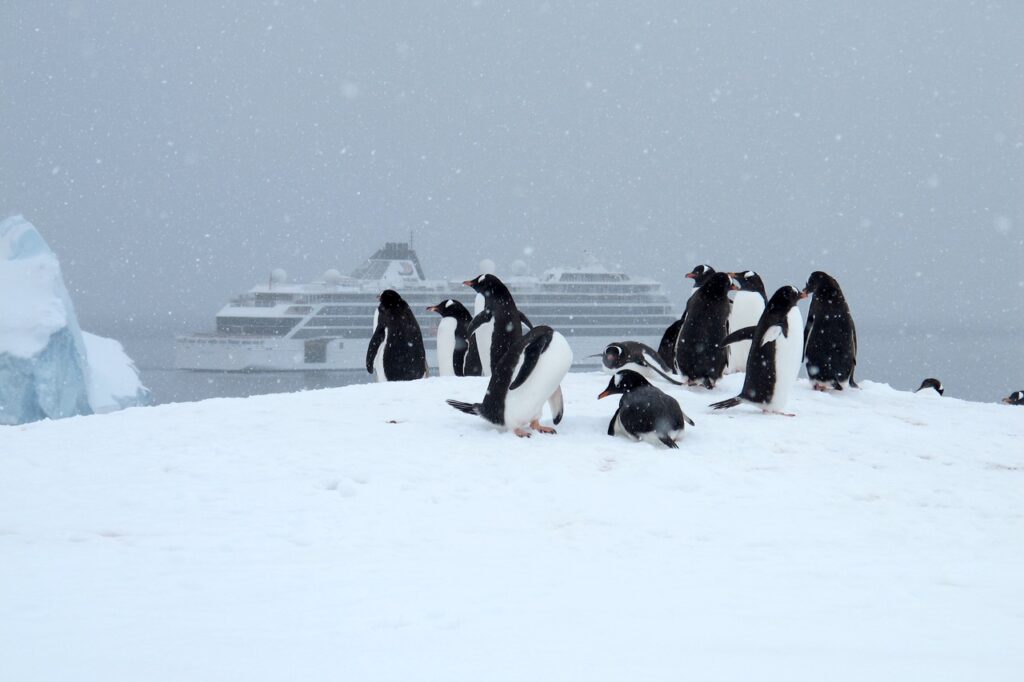
One day on a rocky beach I had a long chat with the bird guy while watching a (probably) male penguin build some sort of trial-run nest about 30 feet away. (The sexes are largely indistinguishable in penguins, but it’s the males that generally build the nests, showing their prowess to potential mates.) He made a point of telling me that not very many people ever get to see such a thing.
Antarctica’s Color Palette
One of the things you first notice in Antarctica is that what appears to be a limited palette of whites, grays, and blues develops, over time, into an astounding array of colors. Many days were overcast and often snowy, bathing everything in an eerie gray light with a muting effect. On others, clearer skies would produce variations of white, gray, and blue you’d never believe possible.
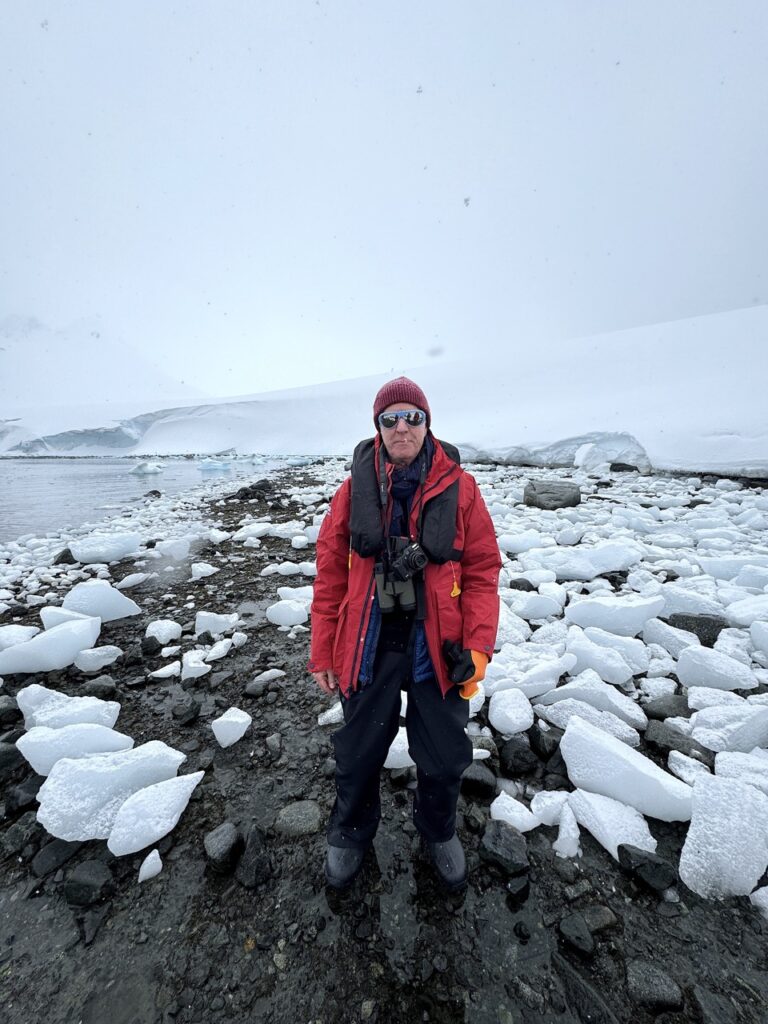
The journey was, in a word, overwhelming. Almost too much to take in, a set of new information so intense that it was difficult to process. And while estimates vary as to how many people have actually set foot on Antarctica since its discovery roughly 200 years ago, the generally accepted range is only around 300,000 to 350,000. I feel extremely fortunate to have been among them.
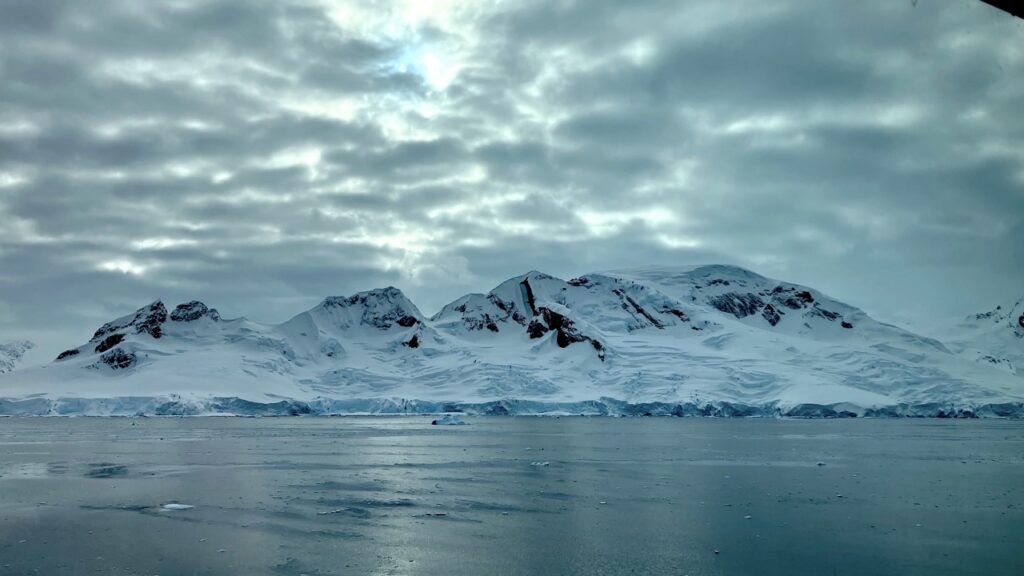
Story by Stephen Treffinger / Photography by Stephen Treffinger and Viking Cruises
 Subscribe to TABLE Magazine‘s print edition.
Subscribe to TABLE Magazine‘s print edition.
